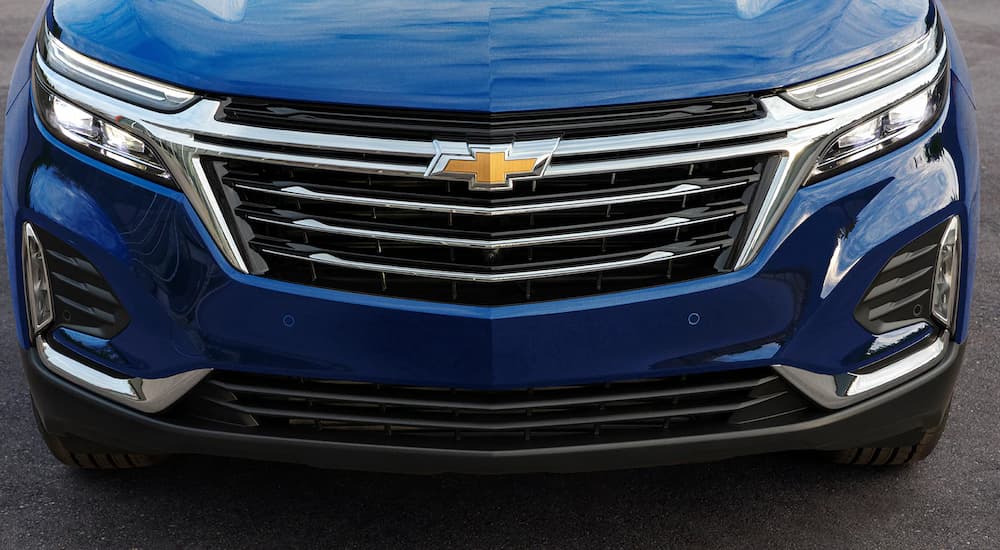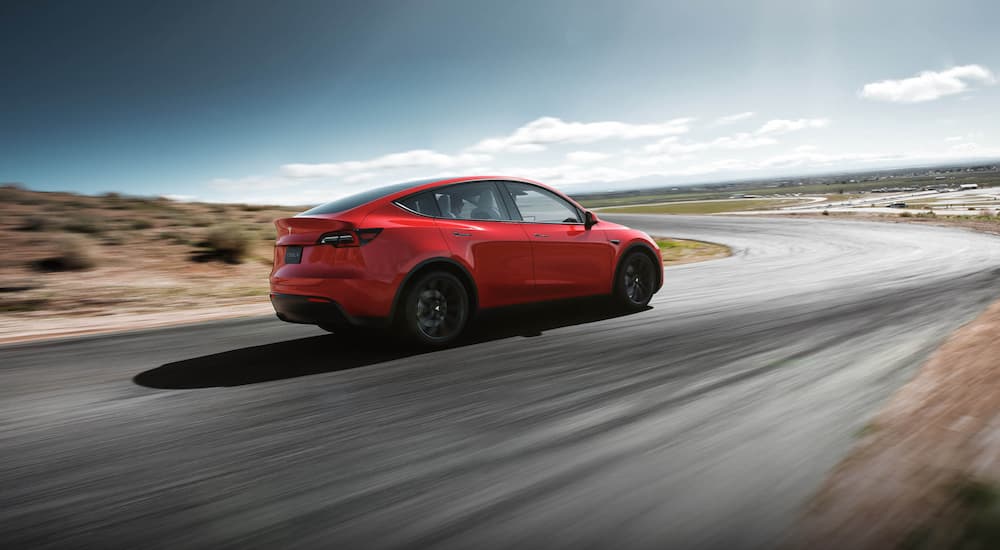If it seems like you’ve been reading about the microchip shortage for a long time, that’s because you have been – we’re nearing the second year of this technological crisis, and there’s no end in sight (well, there is, but it’s still a ways off). The shortage of microchips has had numerous causes and has impacted just about every manufacturer out there since so many products use some form of computer or similar hardware. One of the fields hardest hit by this is the auto industry, which has suffered from a massive decrease in production over the last year or so.
Yet, despite this fact, carmakers are generally doing great, at least in terms of profits. With prices up and numerous strategies used to adapt to the chip shortage, auto manufacturers have figured out ways to boost their profits and have had very successful quarters throughout this complicated situation. That doesn’t mean it’s all been sunshine and lollipops for the industry; there are still some struggles, especially for plant workers, but carmakers aren’t about to collapse in on themselves like a dying star.
The Chip Shortage and Where We’re At
I could spend a long time going over how the chip shortage came to be, but I’ll try to keep this as succinct as possible. You remember when COVID first kicked off, and much of the world shut down? When that happened, a lot of manufacturing facilities also shut down, including plants where microchips are made. This wasn’t immediately disastrous since the plants where those chips are used shut down too, but when things started to ramp back up, the manufacturing of microchips was suddenly in a backlog.
For the auto industry, this was especially problematic for a couple of reasons. First, when car-making slowed down due to plant closures, the industry canceled or reduced their orders of microchips from the companies that make them – they weren’t making cars, so they needed fewer chips. Once manufacturing of vehicles ramped back up, carmakers were suddenly scrambling to get microchips. This led to their second problem: the auto industry uses less than 10% of all microchips made worldwide, which means they were pretty far back in line in terms of priority for getting chips as they started being made again.
The result is that throughout the last year or so, starting in the third quarter of 2020, when car manufacturing started ramping up again, the auto industry has had difficulty getting the chips they need to make vehicles. In 2021, it’s estimated that car companies worldwide produced 11 million fewer vehicles than they would’ve normally, resulting in a loss of more than $200 billion in new-car sales for these companies. We’re going to look at how some companies have managed to weather this storm. But no matter what their corporate officers say or how their stocks are doing, that’s the reality: as an industry, they missed out on nearly a quarter of a trillion dollars in profit last year.
How Companies Have Prospered
You’d think that an industry losing out on that kind of money and producing millions fewer products than the previous normal year would be in shambles, but they’re actually doing alright. It’s easy to think of companies like Ford and GM that have been around for more than a century as some kind of archaic dinosaurs, but they’ve managed to stick around for so long because they’re remarkably good at rolling with the punches and innovating. This is exactly what they’ve done in order to get through this crisis.
One of the biggest ways that companies here in the US have managed is by prioritizing their manufacturing efforts on the most popular models with the best margins for them. If you can only make a certain number of vehicles in total, it makes sense to build ones that sell the best and that make them the most money, which is what they’ve done. Ford has focused on vehicles like the F-150 rather than other cars that are less expensive and don’t necessarily sell in such high numbers. That’s great for them, as it’s allowed them to survive this mess, but it means that people shopping for a new car have often only had the most expensive options available.
Similarly, car companies have suspended operations at plants on numerous occasions over the last 18 months in order to maintain profits. Ford, GM, and others have temporarily shut down their plants several times, saving money and focusing on other locations where vehicles could continue being built. In addition to this, a lot of companies have left out features from their vehicles, particularly tech options, in order to ship something. You’ll find new models lacking infotainment features, USB ports, and similar things – some can be added later, while others simply lack what they should have, and that’s how they’ll always be.
Stocking Up and Projecting Success
In some cases, companies seemed well prepared to weather this storm, but it ended up dragging on a lot longer than they had hoped. Toyota, for example, initially seemed to be in good shape due to how they’ve operated ever since the Fukushima tsunami and power plant disaster in 2011. That disaster resulted in supply chain disruptions that took six months for them to recover from. Ever since, Toyota’s policy has been for all of their suppliers to maintain up to six months of inventory to prevent such a disruption from happening again.
As companies started making initial predictions and production forecasts, Toyota said they were in good shape since they had a large stock of chips due to this policy; this was in March of 2021. Just five months later, in August, they were cutting their production predictions in half as the chip shortage stretched on, and their reserves were no longer enough to go on. They were better prepared than a lot of other companies, but even Toyota hadn’t expected such a long-term problem or its consequences.
Other companies have similarly projected an image of invincibility amidst this crisis, such as Tesla, which initially commented on concerns about production but has largely stayed on top of their manufacturing. Despite their claims that the chip shortage hadn’t impacted them for a wide range of reasons, the reality is less optimistic. It was revealed that they’ve been cutting corners like everyone else: they removed an electronic control unit for the steering in order to keep up with production amidst the chip shortage. In fairness, it was a redundancy that they removed, and overall functionality is largely the same, but they also felt it unnecessary to let their customers know about the unit’s removal.
The Auto Industry Going Forward
Despite the fact that Toyota’s surplus didn’t last long enough to completely save them, I think it will be seen as a good strategy for the future. Don’t be surprised if more car companies learn from their plan and develop similar stockpiles of microchips and other components in the years to come once the shortage ends. The biggest solution, at least for American car companies, is likely to be the development of more microchip manufacturing here in the US to ensure less reliance on companies overseas making chips and shipping them here. There’s already a big push for this, and we’re seeing a lot of money going into building factories here, but it’s going to take some time: likely a couple of years.
At the moment, experts are predicting that the chip shortage will continue throughout this year and likely well into 2023. There’s even the possibility that things won’t completely get back to normal until 2024. By then, there will be more factories making chips, and catching up will become a lot easier. The big question is whether companies will learn from this and plan ahead, stockpiling and finding other ways to secure their supply lines in case of similar worldwide disasters or even local ones. Some will, but others will likely prefer short-term profits rather than long-term security – we’ll see which companies make the right choice.






